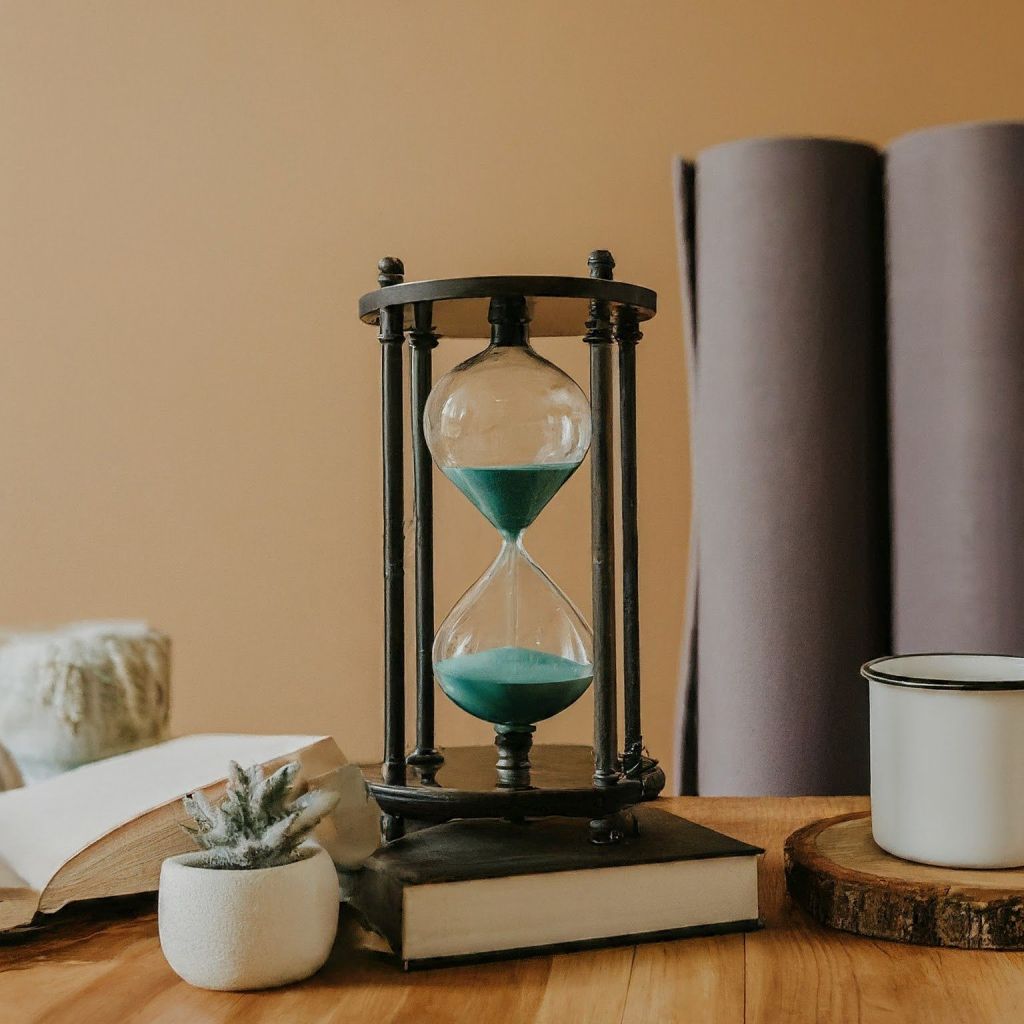What are your daily habits?
~ Hacking My Day: Habits for Happiness and Creativity ~
Habits are like tiny bursts of rocket fuel that propel us towards a smoother, more fulfilling day. I wholeheartedly believe in the power of cultivating beneficial habits that I enjoy. However, habits can also become mindless routines or sources of anxiety if we get too rigid. To keep things interesting and avoid burnout, I find it essential to incorporate variety into my daily rituals.

The first hour after waking up is my golden time. I seize this opportunity to jumpstart my creativity through automatic writing, blogging, or contemplation. To prime my mind for inspiration, I begin with a quick autogenic relaxation exercise, followed by at least ten minutes of free-flowing writing. Imagine me, diving headfirst into my creativity like an enthusiastic swimmer on a hot summer’s day!
Before my morning shower, I take a moment to program myself with the five Reiki spiritual principles. I commit to staying enthusiastic, calm, grateful, honorable, and compassionate. Each principle is reinforced with a corresponding rune posture and chant. This establishes a positive foundation for the day ahead.
After showering, I light a candle to symbolize the kindling of light, life force, and love. Then, I perform a three-rune reading to identify the energetic forces that will influence my day. I interpret the runes using the law of three: affirmation, reception, and reconciliation. This practice injects a sense of adventure into my day, allowing me to tap into my creativity and courage.
Before diving into work, I take a quick moment to check my calendar and plan my day. This helps me prioritize tasks based on urgency and impact.
At midday, I steal away for a minimum of 20 minutes of meditation. Depending on the day, moon cycle, and season, I might use Gassho meditation as a base and branch out to Zazen, Metta, or Yoga Nidra.
Evenings are for self-care. Ideally, I unwind with some breathing exercises followed by a 36-minute rune yoga routine that incorporates chanting, postures, and mantras. If I have a specific goal in mind, I might tailor the rune sequence to emphasize my intention.
Before calling it a day, I take a moment to express gratitude by journaling in my Dailio app, which I use to track habits and mood. To wind down, I spend 10 minutes reading an inspirational book or scripture.
As I drift off to sleep, I choose one of three practices:
Visualizing peace, health, and happiness for loved ones and the world.
Recalling the day in reverse, starting from the present moment and journeying back to the morning.
Active listening, which involves focused breathing followed by listening to white noise.
These are the daily habits that fuel my life. While I don’t always follow the exact routine, I find that structuring my day around these rituals brings me the greatest peace, happiness, and sense of connection.
© Jurgens Pieterse. All rights reserved. 2024


